Over the years, corporate chiefs like Tom Carvel and Frank Purdue, aligning themselves with their brands and using self-promotion to drive sales, made it seem easy to serve the dual roles of company head and spokesperson.
While still an infrequent marketing strategy even a few years ago, in today’s world of reality TV and social media, the faces and voices of actual people are given more credibility and elicit more interest amongst viewers than pre-scripted, anonymous narrators or actors. This context has paved the way for many companies being partial to featuring their homegrown talent – CEOs, VPs, CFOs, and employees in many departments – in the videos they are creating for a broad range of purposes.
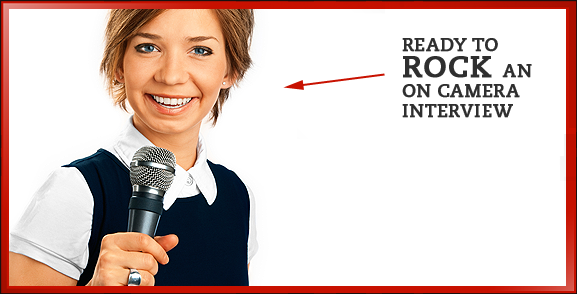
In theory, the companies want the executives to just be themselves. After all, at work, at home, and on vacation, they live and dream about their companies. There are few questions to which they don’t know answers, and they can express them with heartfelt passion.
Sounds like a perfect marketing match.
[embedit snippet=”ad1″]Except it’s really not. Not for most people, and not for most marketing campaigns – which doesn’t mean the idea should be nixed. Rather, it means the speakers shouldn’t just expect to be themselves and they should prepare quite extensively for this role.A typical interview with a corporate head say, of a manufacturing company (e.g., someone whose specialty might be engineering, but not theater), might go something like this:
- Interviewer: Tell us about the nature of your work.
- Interviewee: We manufacture a specialized motor that um… Wait. I need to think about how to explain this. Can you give me a minute?… Okay, I’m ready.
- Interviewer: Okay, try again. Tell us about the nature of your work.
- Interviewee: It has very special applications…
- Interviewer: Stop! What is the “it?”
- Interviewee: The motor.
- Interviewer: What about the motor?
- Interviewee: It has special applications.
- Interviewer: Can you tell me all of that in one full sentence: “The motor has very special applications”?
- Interviewee: Yes, it does.
At this point the interviewer might feel a little exasperated.
[embedit snippet=”ad2″]The interviewee senses that and gets thrown off, maybe needs a glass of water or has to make a phone call that can no longer be delayed. Everyone agrees it would be better to try again the next day. So much for the lighting and audio set-up that took longer than expected to create.They key hurdle is that the interviewee is not trained as an actor. In university, he or she took classes in the science quad, engineering building or business school, never stepping foot in the theater, let alone contemplate taking classes there.
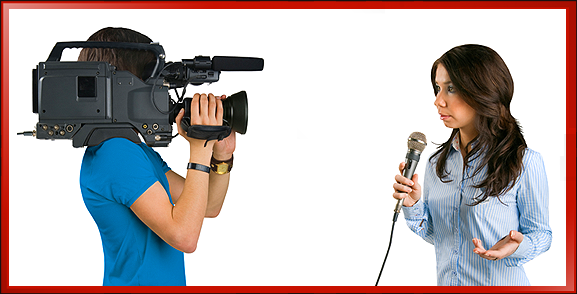
And while reality TV shows give the impression that they select everyday people, in fact casting directors search through countless profiles, and sometimes reach beyond the applicant pool, to find a few contestants with the type of unique personalities, individually and in terms of the larger group, who will stir up the drama that will draw the audiences.
It is not a job for just anyone, but with some practice, most can prepare.
5 Tips for Interviewees Preparing to Go On Camera:
- Prepare. Ask the interviewer to share in advance the questions that will be addressed. Think about the best answers. Unless a teleprompter will be used, do not commit responses to detailed words typed out in a document. It is important to speak extemporaneously, but also to launch from a base of preparedness.
- In most cases, interviewers’ voices will not be edited into final versions. Make sure responses are framed in full sentences, including proper nouns.
- Most interviewees litter their sentences with “um”s and “you know”s and “like”s and other speech impediments that detract from the impression of articulate spokesperson. A good post-production editor can whack many of these out if there is ample b-roll, graphics, and alternate camera shots, but if these devices are scant, speech insertions will stick out. The more comfortable an interviewee is with a response, the more pre-thought that will be done and the less reliance on mid-sentence thinking words.
- An interviewee should sit up tall or stand, not slouch into a seat. The more self-assured the body posture, the more spoken words will reflect a sense of self-confidence, and
- Ask a few people to be present to listen to the take. If even one feels the presentation is lacking, it can be repeated. It is easier to redo when the set is in place and the interviewee is prepared than to have to come back another day and start over.
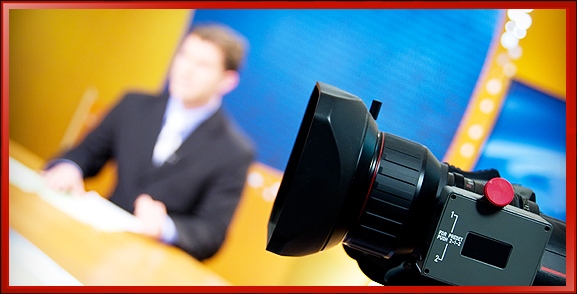
Corporate leaders asked to be spokespeople can strengthen their skills with the help of speech coaches. It is important that a coach relates to the personality of the executive, then uses that as the basis for building better public speaking skills.
Success is less likely when coaches try to fit individuals into pre-established forms, no different than dressing the executive in a generic suit on the rack without tailoring it for a more customized fit!

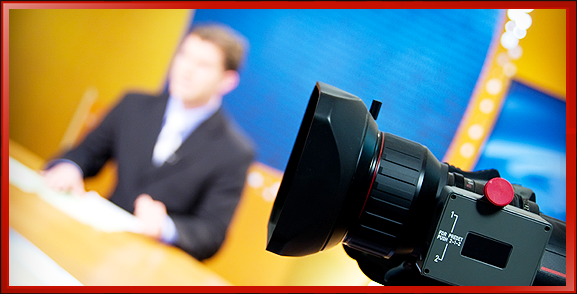
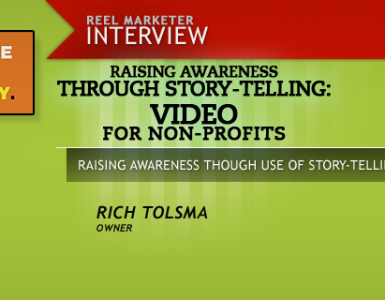



Hi Ellen, great series, thank you so much! I have a question to a an issue that has been holding me up for much longer than I would care to admit!
How do I get over my on-screen – or PRE-on screen jitters? I get so very worked up just anticipating the camera being turned on. I welcome any more tips you have!
Hey Kelly,
Under what circumstances do you appear on camera? Is it for corporate shoots or other purposes? Are you usually interviewed, or are you shown engaged in an activity, and if so, what type of activity?
I find that folks who are nervous before an interview do much better when there is an interviewer present as well as a cameraperson, and the interviewee is instructed to answer by looking at the interviewer rather than into the camera lens. It is much easier to speak to a person than to a black hole or a reflection of your chin.
A good interviewer will spend a bit of time talking with you and enabling you to feel more comfortable before the camera is turned on. It is then easier to pretend that you are having an informal conversation with him or her rather than being recorded.
Lighting is key to getting good images but nervousness can be enhanced if a set is overly lit with the brightness flooding your vision. In this case, ask that the lighting be minimized.
When someone comes to an interview prepared with notes, I take them! Relying on notes stops the creative process. A good interviewer will be able to elicit responses replete with passion, then show you your notes afterwards so you can ensure that you have covered all bases. You may think that having the notes in hand as a reference will help ease your anxiety, but actually, they just make it worse because you are aware that you look and sound like the pre-scripted, disingenuous reality!
Finally, it is important that you feel good about yourself. Dress in clothes that make you feel beautiful, put on your makeup as you would for special occasions, wear the shoes that make you walk straight and confidently. When you feel good about yourself, it is reflected in every aspect of your being, including your on-camera presence.
Hope that helps!
As always, great information Ellen!